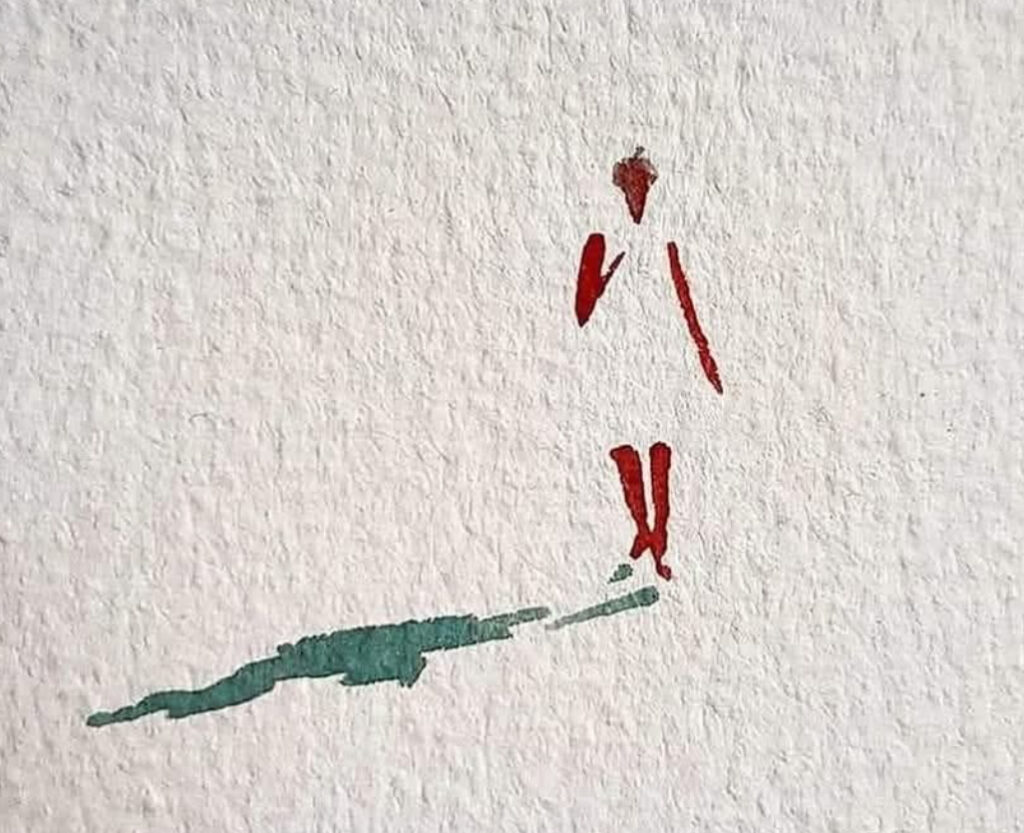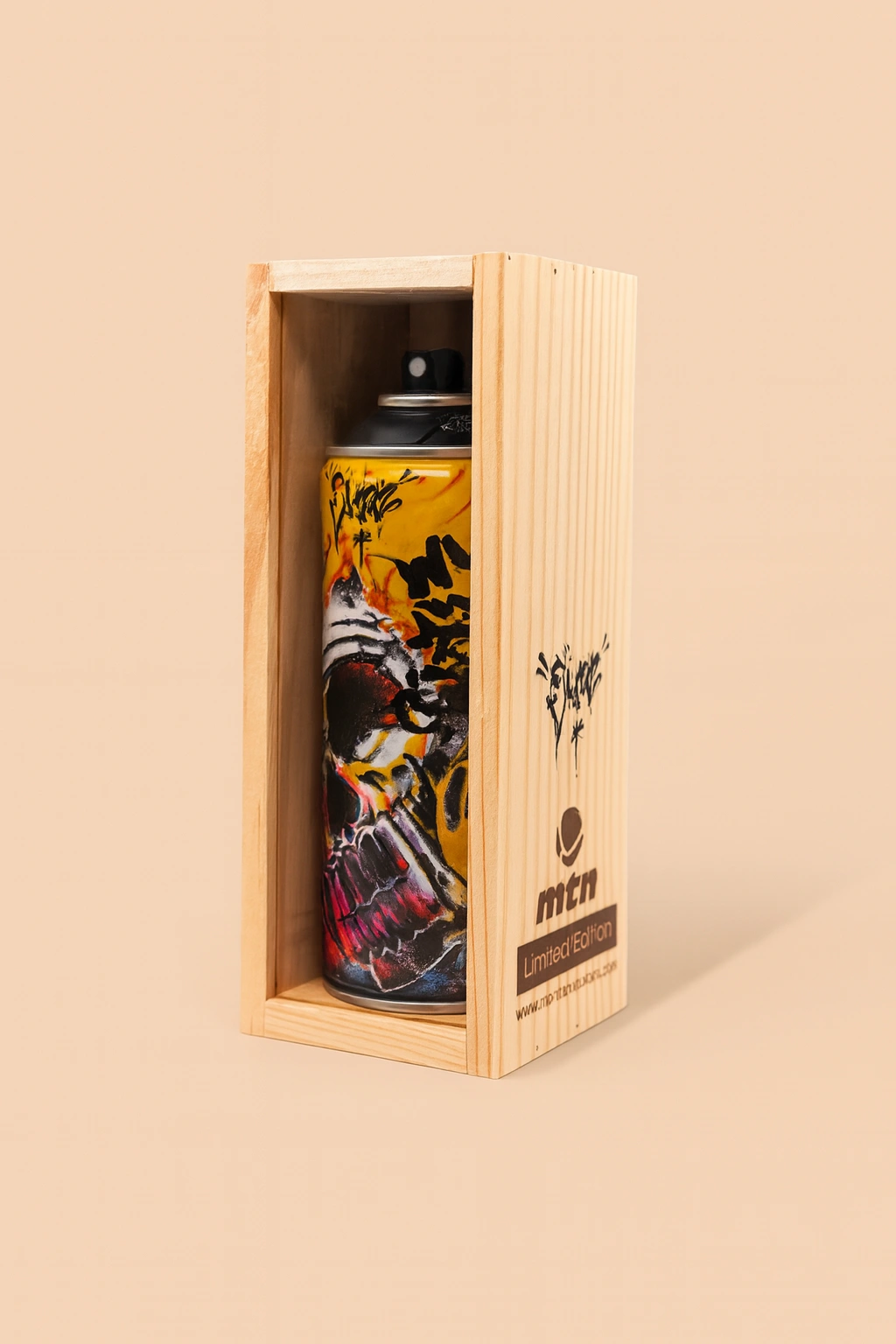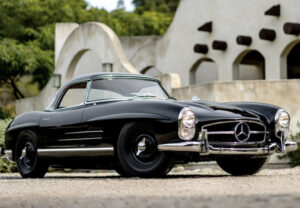Carlos Marín’s name may first summon memories of the late Spanish baritone of Il Divo fame, but in the rarefied circles of contemporary art, it evokes an entirely different sensibility—one steeped in surreal intensity, melancholic beauty, and a uniquely Iberian flavor of visual mythmaking. Born of the post-Franco cultural upheaval that redefined Spain’s artistic voice, Marín has spent the last three decades cultivating a body of work that weaves together the religious iconography of El Greco, the brooding interiors of Goya, and the destabilized modernities of Bacon and Richter, only to emerge with something entirely his own: a luminous darkness, at once ancient and arrestingly modern.
This is the Carlos Marín whose canvases are symphonic rather than silent, whose brushwork bleeds memory as much as pigment. To enter a room with his work is to be caught in a form of visual liturgy—no gesture is purely decorative, no smear unintentional. His career, though still shrouded in comparative mystery outside of European academic and collector circles, is one marked by fierce introspection and a radical unwillingness to chase trends. Marín’s art remains devoutly his own.
Origins: A Madridian Descent into Form
Carlos Marín was born in Madrid in 1967, in a city still undergoing its transformation from Francoist grayness to the kinetic vibrancy of La Movida Madrileña—a youth-driven cultural awakening that swept across Spain in the early 1980s. Marín was just a teenager when the streets filled with punk, performance art, new wave cinema, and an ecstatic embrace of expression long-suppressed by dictatorship. While his contemporaries dove headlong into color, speed, and excess, Marín retreated into solitude, drawing inspiration not from neon bars but from cloisters and cathedrals.
It was this philosophical contrarianism that led him to the San Fernando Royal Academy of Fine Arts, where he studied under the guidance of painter Antonio López García, a hyperrealist whose meditative approach to time and space would profoundly shape Marín’s process. But where López sought to capture the observable world with painstaking accuracy, Marín searched for the symbolic—what lay beneath the skin of cities, bodies, and history itself.
Stylistic Formation: Baroque Echoes in a Postmodern Frame
Marín’s work is often described as neo-Baroque, though such a term barely captures the architectonic rigor of his compositions or the undercurrent of conceptual critique that pulses through them. His early works in the 1990s revealed a fascination with chiaroscuro—oil portraits of anonymous figures lit by invisible flames, caught mid-gesture like saints in apocryphal dramas. At first glance, they appeared devotional. Upon closer inspection, the subjects were deconstructed: anachronistically dressed, their eyes gauzed over or scratched out, standing not on holy ground but in collapsed ruins. His figures, like martyrs, are perpetually between revelation and erasure.
Unlike his Spanish predecessors who rendered flesh with exquisite agony—Velázquez, Ribera, Zurbarán—Marín infuses flesh with a plasticity that reflects the digital anxiety of the post-industrial age. Skin is sometimes painted in unnatural grays or greens, fractured by gridlines, or pierced by metal rods reminiscent of anatomical studies or torture devices. There is beauty, always, but beauty strained through anguish and conceptual rupture.
By the early 2000s, Marín had transitioned into working across media: large-scale canvases, mixed-media assemblages, sculptural installations, and even sound-based environments. Yet his palette remained remarkably consistent—muted blacks, ochres, bone white, and a disquieting crimson that reappears across decades like an incantation. His visual language echoes loss, rebirth, and unresolved tension.
Core Themes: The Haunted Body and Ecclesiastical Memory
Across Marín’s vast output, one central motif prevails: the haunted body. Not simply the corporeal figure, but the body as a symbol of political, spiritual, and historical sedimentation. The human form in Marín’s work is often flayed, not in gore, but in presence—it is diminished, unfinished, or fused with its architectural or mythological surroundings.
In Anunciación Sin Palabras (2003), one of his most discussed works, a female figure rendered in minimalist gray sits opposite a black void, her hands stretched in supplication. No wings, no Gabriel, no divine light—only the act of waiting. The piece functions not merely as a commentary on Marian devotion but on the silence imposed on women throughout religious history. Critics have drawn comparisons to Käthe Kollwitz and Francis Bacon, but Marín rejects both. “I am painting not terror,” he once said in a rare interview, “but reverence in exile.”
Another recurring device in his oeuvre is the reliquary—figures or objects presented within vitrines, arched recesses, or shadow boxes, like museum artifacts. These installations often include fragments of texts, broken mirrors, or digitized medical images—a nod to the Catholic fascination with relics, reimagined in an age of x-rays and metadata. What is preserved, and what is desecrated? Marín never offers resolution.
Major Exhibitions: A Quiet Ascent into Institutional Esteem
Though never a media darling, Marín’s trajectory through the European gallery circuit has been deliberate and rewarding. His breakout solo show, Carne y Lumen, debuted at Galería Helga de Alvear in 1999 and positioned him as a painter of unusually theological depth. The title, translating to “Flesh and Light,” was a precise encapsulation of his dual obsession—embodiment and transcendence.
In 2007, the Museo Nacional Centro de Arte Reina Sofía granted him a mid-career retrospective titled Los Invisibles, which included thirty-two works spanning painting, sculpture, and sound. The exhibition emphasized his obsession with partiality—the unseen, the obscured, the liminal. One reviewer wrote: “Carlos Marín paints with the ghost of El Greco’s brush and Bacon’s scream caught in the oil.”
His international reputation grew with his inclusion in the 2013 Venice Biennale, in the Spanish Pavilion’s section Entropías Devocionales, where his piece Reliquia de una Ciudad Sin Nombre—a towering polyptych with crushed glass, burned wood, and oil portraiture—stood like a sacred ruin. It remains one of the most photographed artworks from that year.
More recent exhibitions, such as Resonancias de la Sangre at Palais de Tokyo (2018) and Silencio en Carne Viva at the Museo de Arte Contemporáneo de Monterrey (2022), have expanded Marín’s reach into Latin America and French-speaking audiences, where his work is frequently interpreted through post-colonial and trauma theory frameworks. The Latin reception, particularly in Mexico, has been one of kinship; the shared Catholic aesthetic lexicon giving his works new resonance.
Current Practice: Between Atonement and Algorithm
In recent years, Marín has begun engaging with digital processes—not out of trend-hopping, but to challenge the very notion of sacred permanence. His most recent series, Los Santos Fractales (2023–2025), includes images of saints generated using AI models, then meticulously repainted by hand. These hybrid works question authorship, divinity, and the notion of originality in the age of automation. The saints are glitched, pixelated, their halos misaligned—machine approximations of holy icons, rebirthed by human touch.
Marín’s studio in Toledo, where he now resides, is part hermitage, part laboratory. Visiting journalists have described it as “monastic in sound, apocalyptic in light.” The walls are hung not only with his works but also with medical scans, Renaissance anatomical drawings, and discarded hard drives. This space, like his art, sits at the intersection of old ritual and new data.
Marín is also known for teaching quietly at the Complutense University of Madrid, mentoring a generation of artists who admire his refusal to compromise. He offers no Instagram presence, no “process videos,” and eschews commercial fairs unless tied to cultural institutions. His few public lectures—usually delivered in dimly lit halls filled with art historians and theologians—are more philosophical inquiries than artist statements.
Legacy in Formation: The Weight of the Unseen
Carlos Marín may never achieve pop art stardom or design a sneaker, but his legacy is already carved into the deeper strata of contemporary art history. He is the painter of unseen liturgies, of forgotten martyrdoms, of spiritual hauntings that exist not in creeds but in brushstrokes.
To view Marín’s work is to sense history pressing in on the present—not as a relic, but as a living grief and glory. In an age where much of visual culture aims to seduce instantly, Marín offers a harder grace. His work demands contemplation, even pilgrimage. He reminds us that in silence, in the scar, in the residue of faith and flesh, something sacred might still flicker.
No comments yet.







